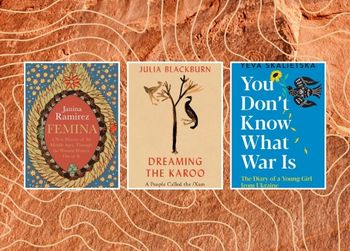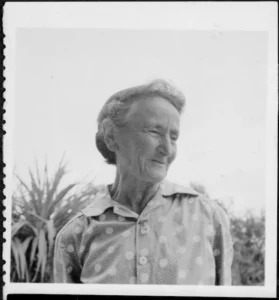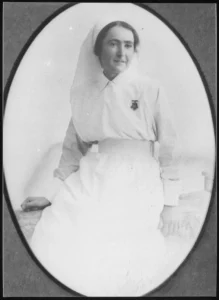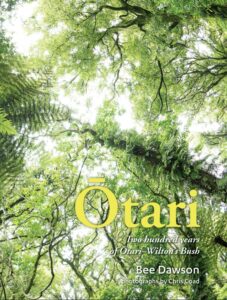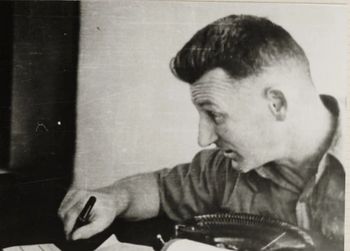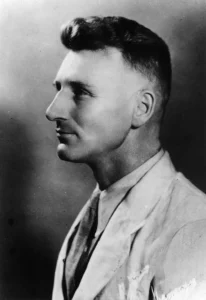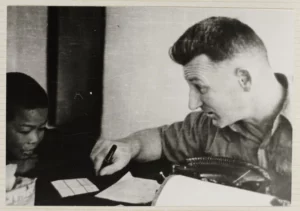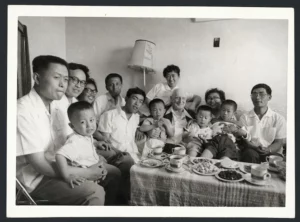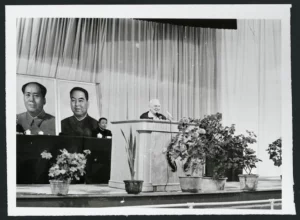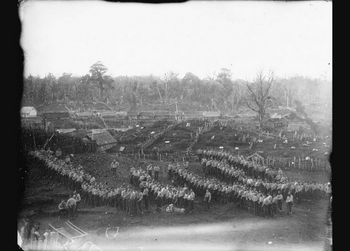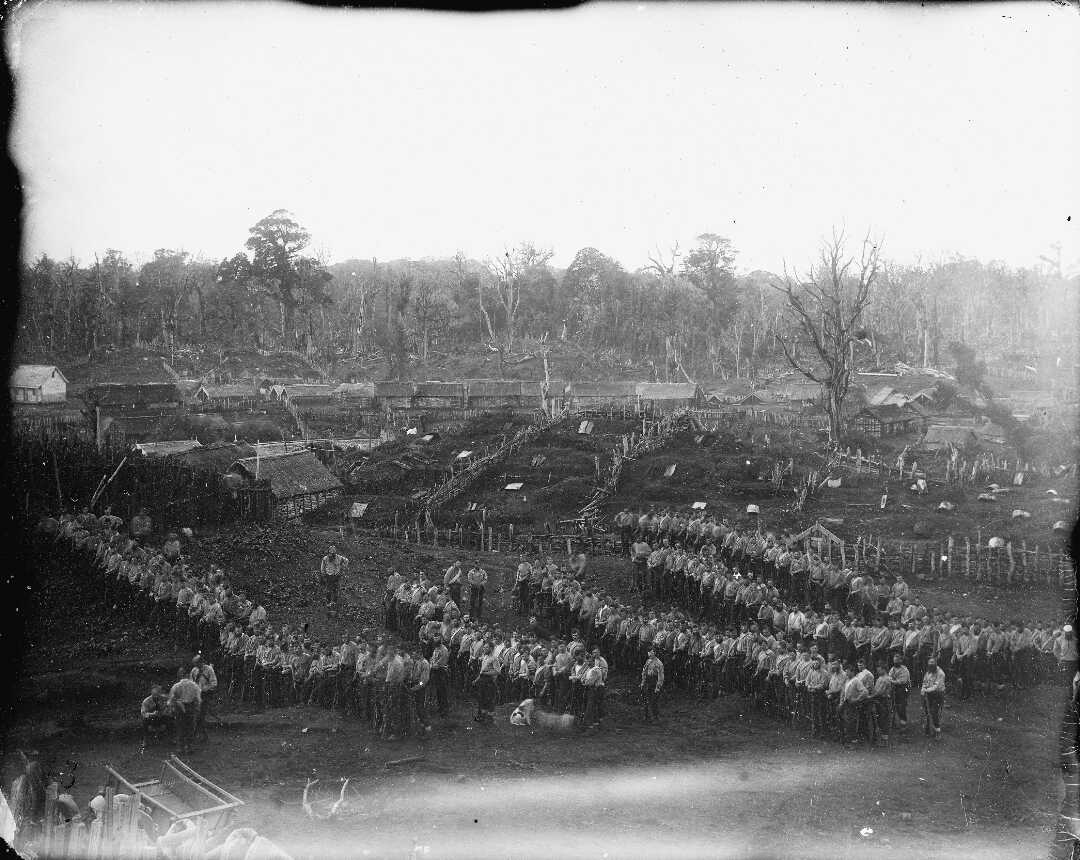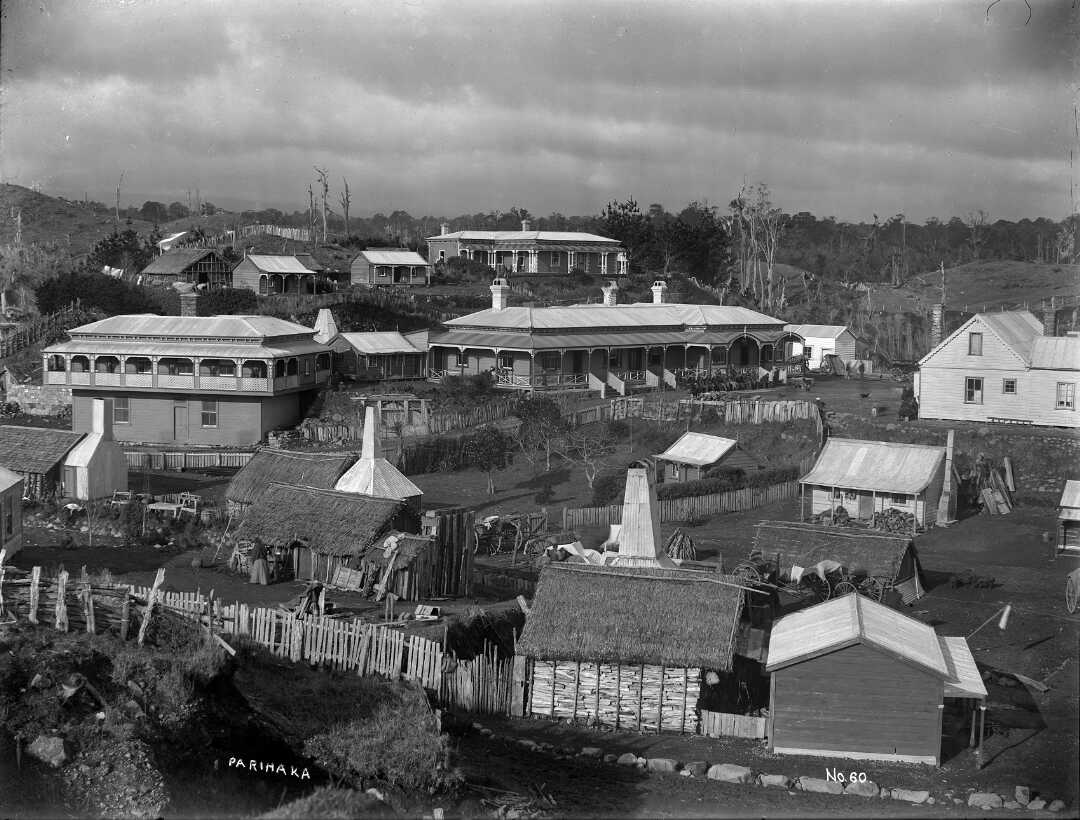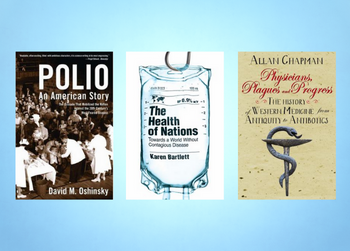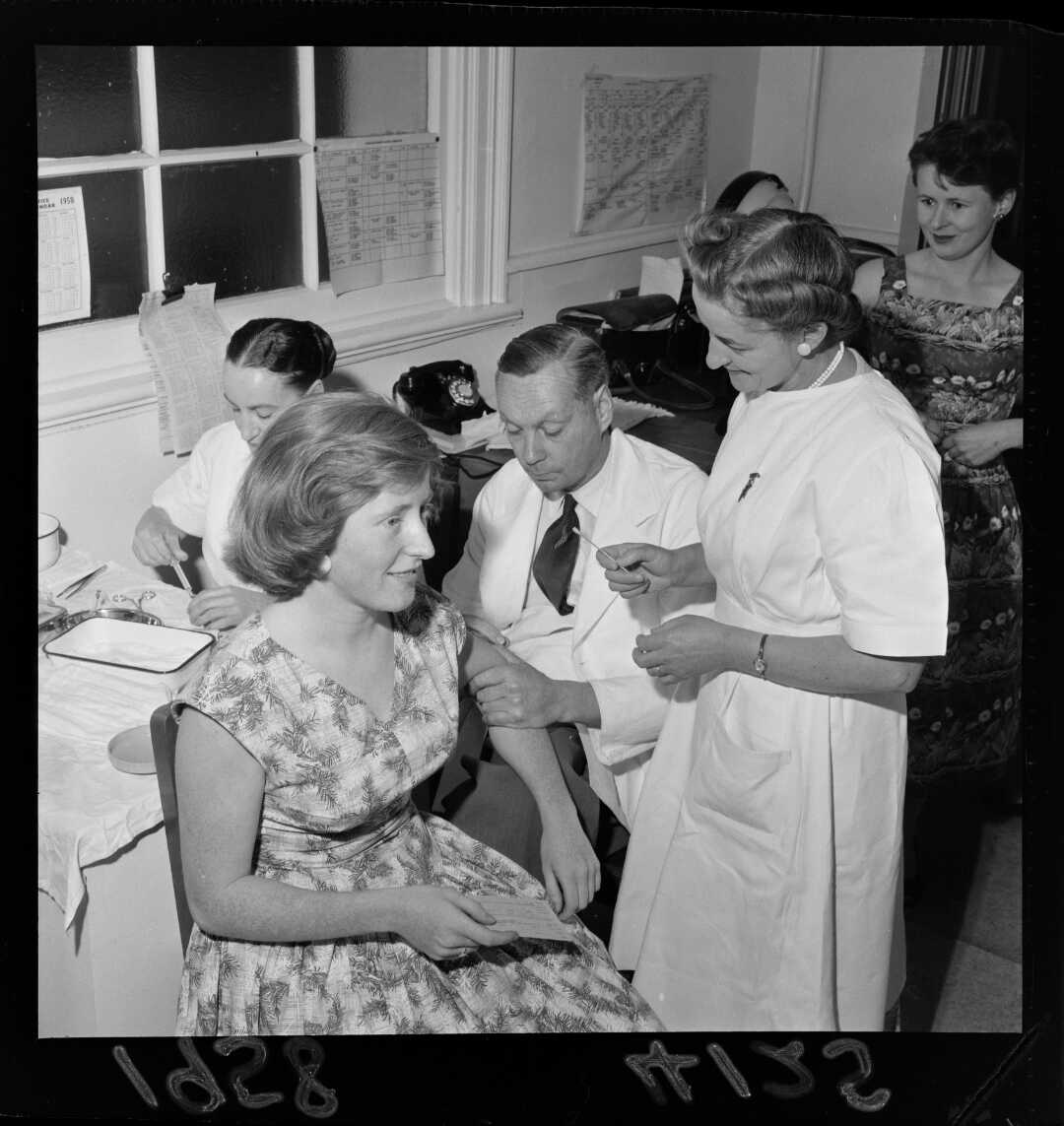We have an impressive amount of new history related books being added to the catalogue this month! The below list includes a history of The Black Death, the true story of Tutankhamun, the almost completely lost language of the /Xam people and the often erased lives of women in the middle ages.
Femina : a new history of the middle ages through the women written out of it / Ramirez, Janina
“The middle ages are seen as a bloodthirsty time of Vikings, saints and kings: a patriarchal society which oppressed and excluded women. But when we dig a little deeper into the truth, we can see that the ‘dark’ ages were anything but. Oxford and BBC historian Janina Ramirez has uncovered countless influential women’s names struck out of historical records, with the word FEMINA annotated beside them. As gatekeepers of the past ordered books to be burnt, artworks to be destroyed, and new versions of myths, legends and historical documents to be produced, our view of history has been manipulated. “– Provided by publisher.” (Adapted from Catalogue)
Dreaming the Karoo : a people called the /Xam / Blackburn, Julia
“In spring 2020, Julia Blackburn travelled to the Karoo region of South Africa to see for herself the ancestral lands that had once belonged to an indigenous group called the /Xam. Throughout the nineteenth century the /Xam were persecuted and denied the right to live in their own territories. In the 1870s, facing cultural extinction, several /Xam individuals agreed to teach their intricate language to a German philologist and his indomitable English sister-in-law. The result was the Bleek-Lloyd Archive: 60,000 notebook pages in which their dreams, memories and beliefs, alongside the traumas of their more recent history, were meticulously recorded word for word. It is an extraordinary document which gives voice to a way of living in the world which we have all but lost. ‘All things were once people’, the /Xam said”– Publisher’s description.” (Catalogue)
India : a history in objects / Blurton, T. Richard
“An authoritative visual history of one of the world’s oldest and most vibrant cultures, drawing on South Asian art and artefacts from prehistory to the present. Arranged chronologically, and abundantly illustrated with expertly selected objects, this superb new overview connects today’s India with its past. Early chapters uncover prehistoric objects from 1.5 million years ago, examine artefacts from the Indus Civilization, and follow the emergence and transmission of Buddhism, Jainism, Hinduism and Sikhism, as well as the incoming religions of Zoroastrianism, Islam and Christianity.” (Adapted from Catalogue)
The passengers / Ashon, Will
“Between October 2018 and March 2021, Will Ashon collected voices – people talking about their lives, needs, dreams, loves, hopes and fears – all of them with some connection to the British Isles. He used a range of methods including letters sent to random addresses, hitchhiking, referrals from strangers and so on. He conducted the interviews in person, on the phone, over the internet or asked people to record themselves.”–Publisher’s description.” (Adapted from Catalogue)
Tutankhamun : pharaoh, icon, enigma : lost for three thousand years, misunderstood for a century / Tyldesley, Joyce A
“A hundred years ago, a team of archaeologists in the Valley of the Kings made a remarkable discovery: a near-complete royal burial, an ancient mummy, and golden riches beyond imagination. The lost tomb of Tutankhamun ignited a media frenzy, propelled into overdrive by rumours of a deadly ancient curse. But amid the hysteria, many stories — including that of Tutankhamun himself — were distorted or forgotten.”–Publisher’s description.” (Adapted from Catalogue)
You don’t know what war is : the diary of a young girl from Ukraine / Skalietska, Yeva
“An important, harrowing and ultimately hopeful memoir about the ongoing Russian-Ukrainian war as told through the diary entries of a young Ukrainian girl.” (Catalogue)
The world the plague made : the Black Death and the rise of Europe / Belich, James
“In 1346, a catastrophic plague beset Europe and its neighbours. The Black Death was a human tragedy that abruptly halved entire populations and caused untold suffering, but it also brought about a cultural and economic renewal on a scale never before witnessed. The World the Plague Made is a panoramic history of how the bubonic plague revolutionized labour, trade, and technology and set the stage for Europe’s global expansion.” (Adapted from Catalogue)
Come to this court and cry : how the Holocaust ends / Kinstler, Linda
“A few years ago Linda Kinstler discovered that a man fifty years dead – a former Nazi who belonged to the same killing unit as her grandfather – was the subject of an ongoing criminal investigation in Latvia. The proceedings threatened to pardon his crimes. They put on the line hard-won facts about the Holocaust at the precise moment that the last living survivors – the last legal witnesses – were dying. Across the world, Second World War-era cases are winding their way through the courts. Survivors have been telling their stories for the better part of a century, and still judges ask for proof. Where do these stories end? “–Publisher’s description.” (Adapted from Catalogue)


